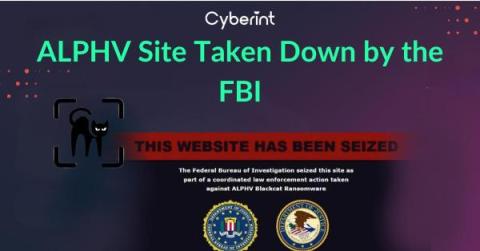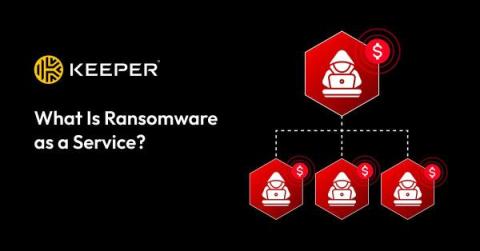Security | Threat Detection | Cyberattacks | DevSecOps | Compliance
Latest News
Unique Malware Used in Cyber Attacks Increases by 70% in Just One Quarter
As more cybercriminal gangs continue to enter the game, the massive increase in unique types of malware means it will become increasingly difficult to identify and stop attacks. Blackberry just put out their Global Threat Intelligence Report in November, covering June through August of this year. According to the report, the number of attacks identified and stopped in the three-month period covered equates to an average of 26 attacks per minute.
Behind the Scenes: JaskaGO's Coordinated Strike on macOS and Windows
In recent developments, a sophisticated malware stealer strain crafted in the Go programming language has been discovered by AT&T Alien Labs, posing a severe threat to both Windows and macOS operating systems. As of the time of publishing of this article, traditional antivirus solutions have low or even non-existent detection rates, making it a stealthy and formidable adversary.
Honeypot Recon: MySQL Malware Infection via User-Defined Functions (UDF)
In the vast world of cybersecurity, as technologies evolve, so do the methods attackers employ to compromise systems. One such intriguing method that recently surfaced is MySQL servers, leveraging SQL commands to stealthily infiltrate, deploy, and activate malicious payloads. Let's delve deeper into the MySQL bot infection process and explore the intricacies of its operation.
What Is Ransomware as a Service?
Ransomware as a Service (RaaS) is a business model in which cybercriminals develop and sell ransomware to buyers known as affiliates who use it to execute ransomware attacks. Ransomware is a type of malware that prevents users from accessing their data or devices by encrypting them and locking users out until a ransom is paid. Typically, cybercriminals need to know some coding to develop and execute ransomware attacks.
Las Vegas casinos targeted by ransomware attacks
Ever since the invention of internet browsers for personal computers came about in the 1990s, cybercrime has been on the rise. Almost 30 years after the invention of the Worldwide Web, cybercriminals have a variety of different methodologies and toolkits that they use on a daily basis to leverage vulnerabilities and commit crime. One of the most popular types of attacks that is used by threat actors is a ransomware attack.
BlackSuit ransomware - what you need to know
A cybercriminal group calling itself BlackSuit has claimed responsibility for a series of ransomware attacks, including breaches at schools in central Georgia. And earlier in the year, a zoo in Tampa Bay was targeted by the same hacking gang.
7 Practical Steps to Protect from Tiny Banker Trojan (Tinba)
New York Unit of Worlds Largest Bank Becomes Ransomware Victim
The ransomware attack on ICBC Financial Services caused disruption of trading of U.S. Treasuries and marked a new level of breach that could have massive repercussions. When we saw the attack on the Colonial Pipeline back in 2021, the impact was felt throughout the Southeast United States. Any attack on key businesses that keeps an economy running will have some form of impact should the attack be successful.









